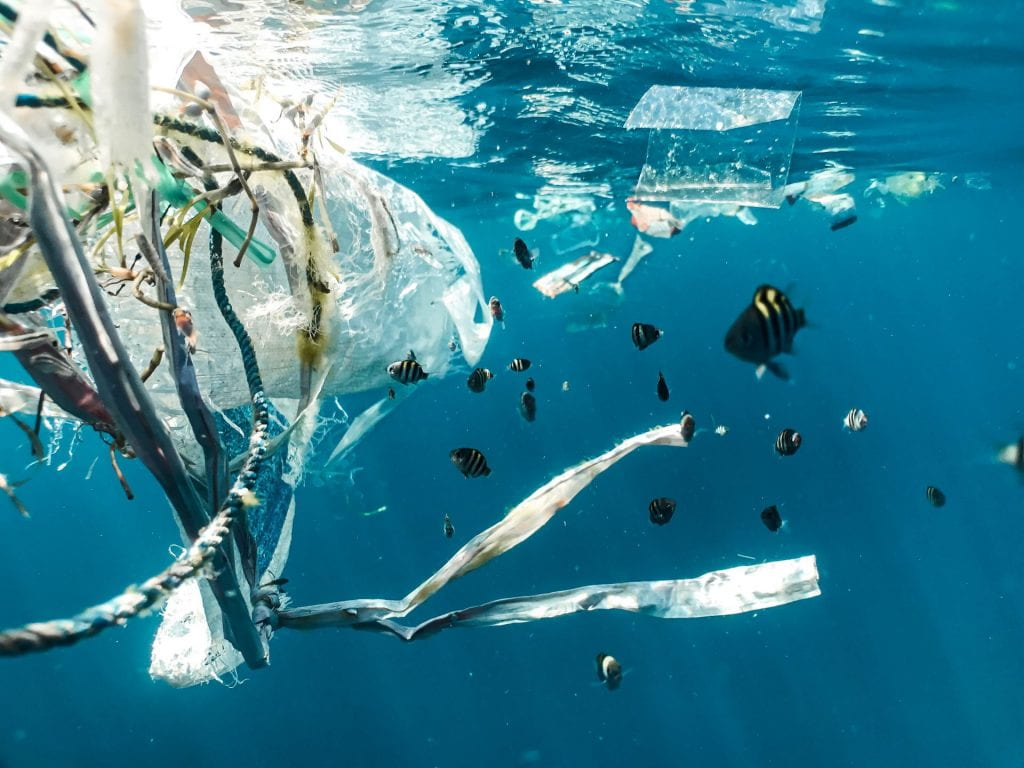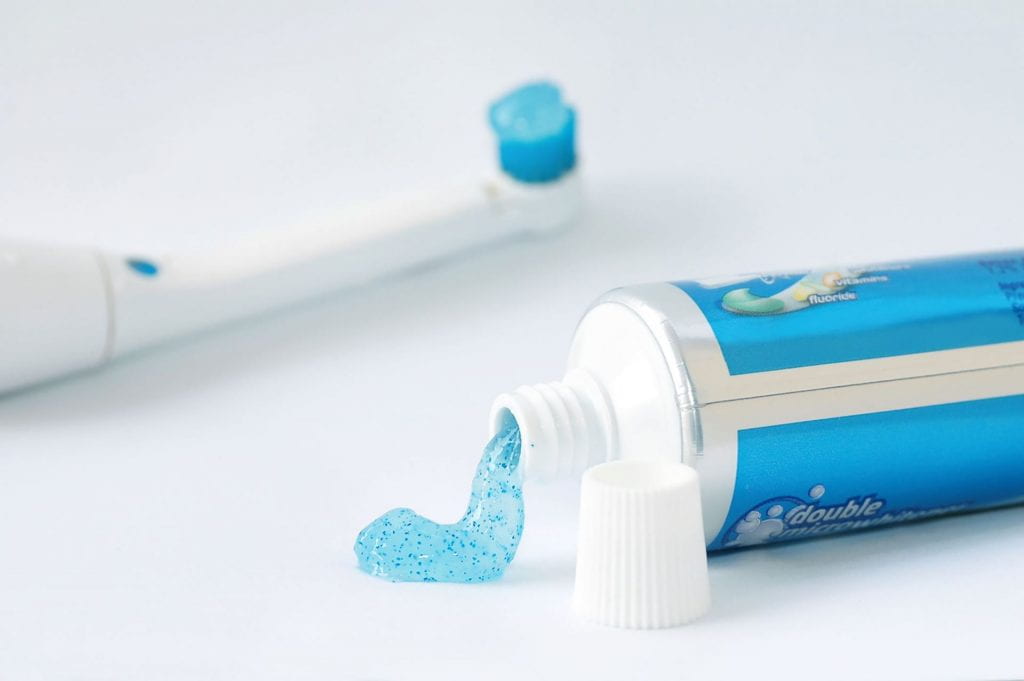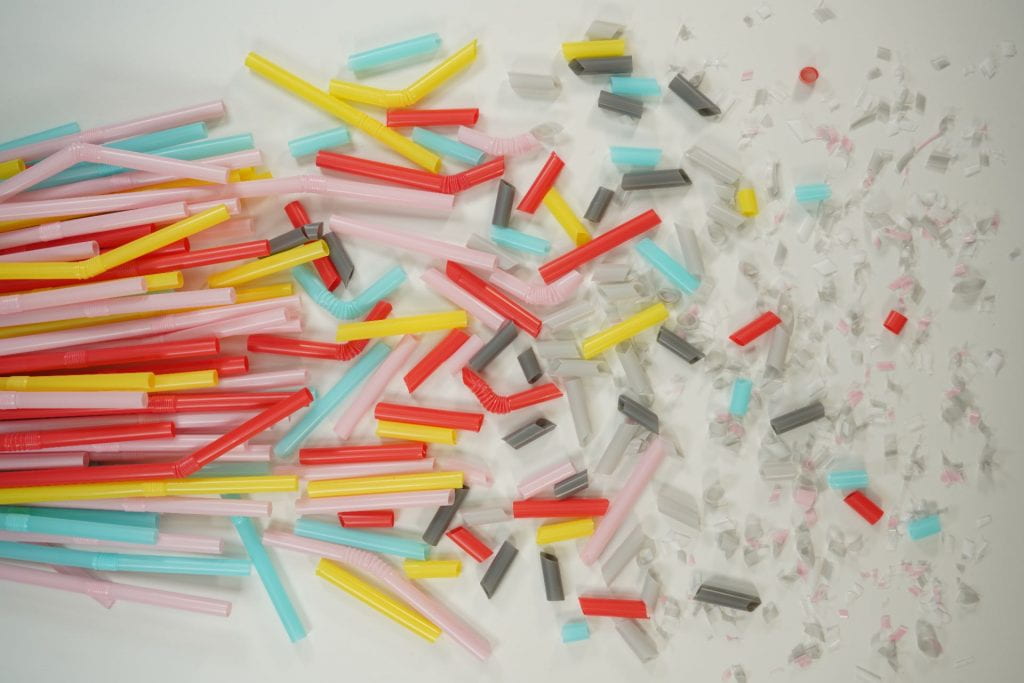When the first fully-synthetic plastics were invented in the early 20th century, they were a technological miracle. Human manufacturing was no longer confined to nature, and soon plastic made its way into everyday products from food packaging to cosmetic care. Despite the advancement that humanity made with the help of these polymers, however, concerns over plastic waste were raised as soon as the 1960s when plastic debris was first observed in the ocean. With the first Earth Day in 1970 and the modern environmental movement coming into full swing soon after, the permanency of plastic as waste became a hot button topic along with many others.
Today, plastic pollution conjures up an image of the Great Pacific Garbage Patch, an island of plastic waste floating around the ocean. However, what most people don’t know is that the Great Pacific Garbage Patch is actually almost entirely made of microplastics: the smallest, most sinister breakdown of plastic particles.

What are Microplastics?
Microplastic is a term coined by Richard Thompson, a marine ecologist at the University of Plymouth, UK, that describes plastic particles smaller than 5 millimeters across. His team first identified microplastics on British beaches in 2004, and this term has become pervasive in the scientific community since then, as more microplastics are discovered from Mt. Everest to Marianas Trench.
These microscopic particles come from the wear-and-tear on plastic products throughout the years. Because plastics do not decompose, the only way they are broken down is into smaller pieces capable of slipping through every crack and crevice on earth.
The unfortunate truth and immeasurable danger of microplastics comes from the fact that, due to their size, they often go unnoticed. They travel like dust, through air and food and water. They are unable to be collected or recycled. There is not enough research out there for scientists to understand how exactly the microplastics affect the human body if consumed. What they do know is that plastic ingestion by marine fish is wide and increasing, humans consume 74,000 plastic particles a year, and as of 2021, traces of plastic can be found even in a newborn’s first bowel movement. Therefore, as more scientists are diving into this area of research, it is even more imperative that we, as stewards of the earth, call for preventative measures that move humanity away from its reliance on single-use plastic.
Microbeads & Microfibers
While the discussion on microplastics can get morbid at times, there are many who have been taking action. For example, here are two types of microplastics pollutants that environmentalists around the world have been working on: microbeads and microfibers.

Microbeads are tiny pieces of polyethylene plastic added to health and beauty products, especially popular in exfoliating scrubs, toothpaste, and other cleansers. They end up in rivers, oceans, and lakes after one use due to the inability of water treatment facilities to filter them out. Even more dangerous, microbeads look similar to food and are often consumed by fish and other marine life, potentially causing problems for the food chain and our food supply.
These tiny spheres have been added into personal care products for over fifty years, when plastic started replacing natural ingredients. While there are still many microplastic-embedded products around the world today, huge milestones have been made with the help of legislation. The Netherlands was the first country to ban intentionally-added microbeads into cosmetic products, and as of 2019, several countries including Australia, Canada, Italy, Korea, New Zealand, Sweden, the UK, and the US have since followed suit.
Microfibers, unlike microbeads, are byproducts of plastic textiles rather than an intentionally manufactured product. This term describes the tiny fibers of plastic released from synthetic fabrics, such as nylon or polyester clothing, that make their way into the laundry machine effluent during the washing cycle. Having already been imbued with toxic chemicals added to textiles during the manufacturing process, these microfibers absorb even more toxins as they float in aquatic ecosystems, becoming one of the more dangerous, yet more prevalent, microplastics that pollute the food chain.
Because microfibers cannot be banned with legislation the way microbeads can, those that care about this issue often work with the fashion industry itself, encouraging consumers to buy clothes made of natural materials, persuading companies to halt manufacturing synthetic fabrics, and researching ways to create synthetic clothing that sheds less microfibers during the wash.
There are also many ways that as consumers, we can work against microfiber pollution just by changing our habits as well. Simple fixes such as washing clothing less often, washing fuller loads of clothing, and using filters such as microfiber-catching laundry balls can make a huge difference as well.
Further Learning
A huge reason that microplastics are so intimidating and unnerving to us is because of our lack of knowledge about them. While knowing more about this emerging threat can cause despair, knowledge is power: The more we know about microplastic pollution, or plastic pollution in general, the more we know how to work against them.
Here are some resources that we have compiled for your further learning:
- The Story of Plastic is a 2019 documentary directed by Deia Schlosberg, a WashU alumna. While it doesn’t specifically tackle microplastics as a topic, it does cover the entire lifecycle of plastic from production to pollution, and how these processes affect the world around us.
- The Merchants of Doubt, written by historians Naomi Oreskes and Erik Conway, tells the story of scientists with strong ties to particular industries who have instilled doubt about climate change, DDT, and other dangerous issues in the public consciousness in order to protect their patrons.
- The Ocean Conservancy is an organization whose mission is to protect our seas, and has been doing so since the start of the modern environmental movement. In particular, plastic waste is one of the biggest challenges that they are working to address.
- “Microbead-Free Waters Act of 2015,” signed by President Obama, was the legislation that banned intentionally-added microbeads in cosmetic products manufactured and sold in the United States.
- “What You Should Know About Microfiber Pollution,” published by the EPA, compiles research on microfibers as well as a list of simple actions that consumers can take to minimize this problem.
- “The Story of Microfibers,” produced by The Story of Stuff Project, is a brief video that introduces young audiences to microfiber pollution.
- “Rethinking the Way we Dress,” published by WashU’s Office of Sustainability, details the harms of the fast fashion industry and provides tips that help individuals make more conscious choices.
